Waterfowl hunting can be a thrilling and rewarding experience. But if you are unfamiliar with the process, it can be a daunting and intimidating experience. If you are new to hunting waterfowl, or if you are a seasoned hunter looking for ways to improve your hunting skills, this waterfowl hunting guide will provide you with all the information you need to make the most of your waterfowl hunting adventures.
Know Best Time For Waterfowl Hunting
Best Time of Year
A good time to hunt waterfowl is during the migration season when they are on the move. Generally, the best time to hunt waterfowl is in the fall, since this is when the birds are migrating and are most abundant, which makes it the most ideal hunting season.
Best Time of Day
Hunting waterfowl is best done early in the morning or late at night, when the birds are most active. This is because waterfowl are most likely to feed during these times.
The sport of waterfowl hunting is a challenging, yet rewarding one that involves patience, skill, and a lot of practice. Follow this waterfowl hunting guide and you’ll be on your way to becoming a master waterfowl hunter in no time.
In order to have a successful waterfowl hunt, you should make the necessary preparations before going out on the hunt.
Be Familiar with Hunting Laws and Regulations
As you begin your hunt in a new area, it is important for you to get a complete understanding of the laws and regulations associated with that location, since regulations and laws vary from state to state.
Bring Proper Hunting Gear
Once you’re familiar with the rules, you’ll need the right hunting gear. The hunt for waterfowl takes place in wet and cold conditions, so it is important to dress appropriately and have the right gear to stay warm and dry when hunting for waterfowl. Waterfowl-specific shotguns, ammunition, waders, camouflage clothing, decoys and other specialized equipment are all essential components.
Find A Hunting Place
The next step is to find the right place to hunt with the right equipment. You should look for a place with a high density of waterfowl. Waterfowl, such as ducks and geese, are widespread in North America.
Ducks live in many different habitats, including ponds, lakes, rivers, marshes, swamps, bays, and estuaries. Grasslands, marshes, and agricultural fields are preferred habitats for geese. Also, shallow water and abundant vegetation are great habitats for waterfowl.
Do Some Scouting
An essential part of the hunting process is scouting the area beforehand. You should get acquainted with the area in which you plan to hunt and familiarize yourself with the habits of the birds you will be hunting. If you know where the birds are likely to be, and when they’re likely to be there, you will be able to set up a successful hunt.
Extra Waterfowl Hunting Tips
Once you’ve done your scouting, you’ll be ready to head out on the hunt! The following are some basic tips that you need to pay attention to when you are hunting waterfowl.
Pass-shooting and decoying are common methods of waterfowl hunting.
Decoying
The act of decoying involves using a variety of decoys, such as floating or resting decoys, to attract birds to an area so that you can start hunting. It is a method that requires a great deal of patience and a high level of attention to detail. Decoys act as a visual attractant, you should ensure that they look as realistic as possible.
Furthermore, you should place your hunting blind in the vicinity, as this will ensure that it is not visible to waterfowl, as it will provide you with protection.
Pass-shooting
Pass-shooting is one of the traditional forms of waterfowl hunting that involves shooting at ducks and geese as they move through the sky. It is an effective method of hunting due to its high requirement of speed and accuracy on the part of the hunter. A hunter must have the ability to identify the target quickly and be able to aim and shoot before the bird is out of range by pass-shooting.
It is also possible to jump-shoot ducks while wading or hiking along creek bottoms, or by approaching them by canoe, flat-bottom boat, or specially-designed duck boat.
Calling Techniques
As part of your waterfowl hunting preparation, it will also be important for you to become familiar with the calling techniques since they are one of the most effective ways of attracting ducks and geese to your area during the waterfowl hunting season.
Keep Practicing
Before you shoot, you should practice. This will help you hone your skills and ensure you are ready when you are out in the field.
Keep Patient
Waterfowl hunting requires a great deal of patience to be successful. Getting a good shot can be difficult if you move too quickly or make too much noise. Ducks can fly away if you act too quickly or make too much noise. During hunting, you should wait and remain still so that you can have a better chance of success.


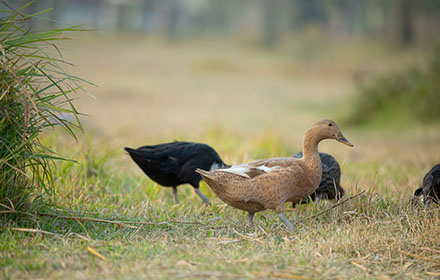
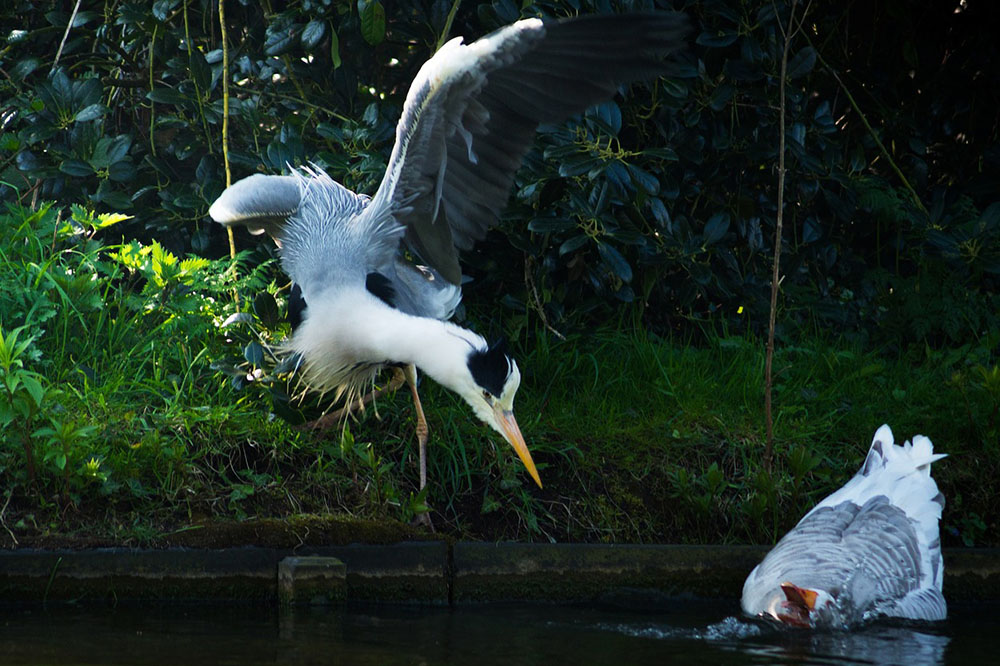




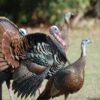
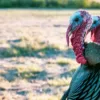
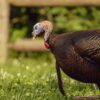
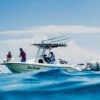
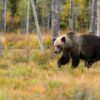








Leave a reply